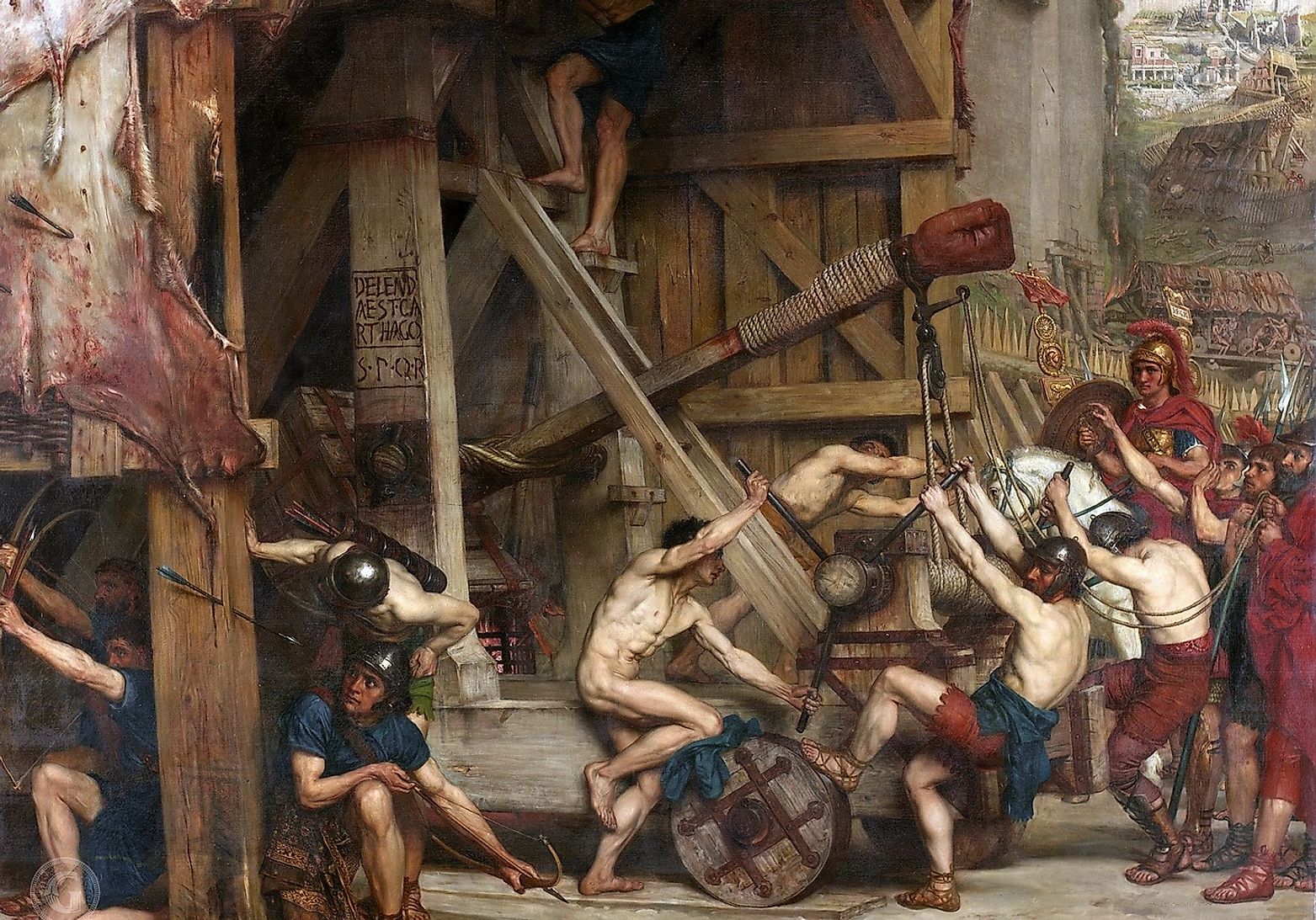
How Did The Romans Surpass The Naval Might Of The Carthaginians?
In 146 BC, the Romans attacked and destroyed Carthage - the capital of the Carthaginian Empire, killing and enslaving the majority of its people. This event was a turning point in the ancient world, where the Roman Republic became the biggest power in the Mediterranean, replacing the powerful Carthaginian Empire. But how did the Romans do it? How did they surpass and defeat the formidable navy of Ancient Carthage, even though they were young and inexperienced at sea when the war began? Read on to find out the answer to that question and even more.
The Two Great Powers
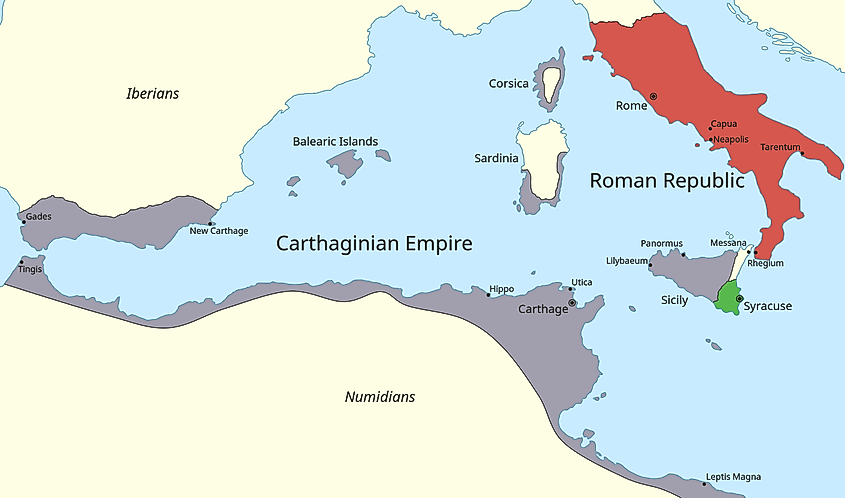
In the ancient world, between 264 BCE and 146 BCE, the Romans and Carthaginians - two great powers engaged in several wars which are now classified as the Punic Wars - the "Punic" being the Latin word for "Phoenicians" who were the inhabitants of the Carthaginian Empire. At the time, both empires were powerful and had achieved military successes, but the Carthaginian Empire was more powerful and was the dominant power in the region. The Phoenicians founded this ancient civilization in the ninth century BC as a trading colony, and by the fourth century BC, it had already become a superpower with its territories encompassing the Western and Central Mediterranean Sea. Rich is an understatement. Carthage was incredibly wealthy and powerful as it had access to fertile lands and built a large economy around maritime trading.
On the other side of the Mediterranean, the Roman Republic was a young and fast-growing republic with an expansionary attitude that had led it to conquer all of mainland Italy by 264 BC, right before the start of the Punic Wars.
Before the wars, Rome had a mighty army that was quite experienced in ground combat, but they had little or no navy as they had never battled at sea. Carthage, on the other hand, had a mighty naval force and was well experienced at sea, as the sea had been a very important part of their success as a civilization since its establishment.
Faced with one of the mightiest navies in the ancient world, the Roman Republic was at risk of destruction, but things changed along the line, and they came out victorious over the Carthaginians.
The Origin Of The Punic Wars
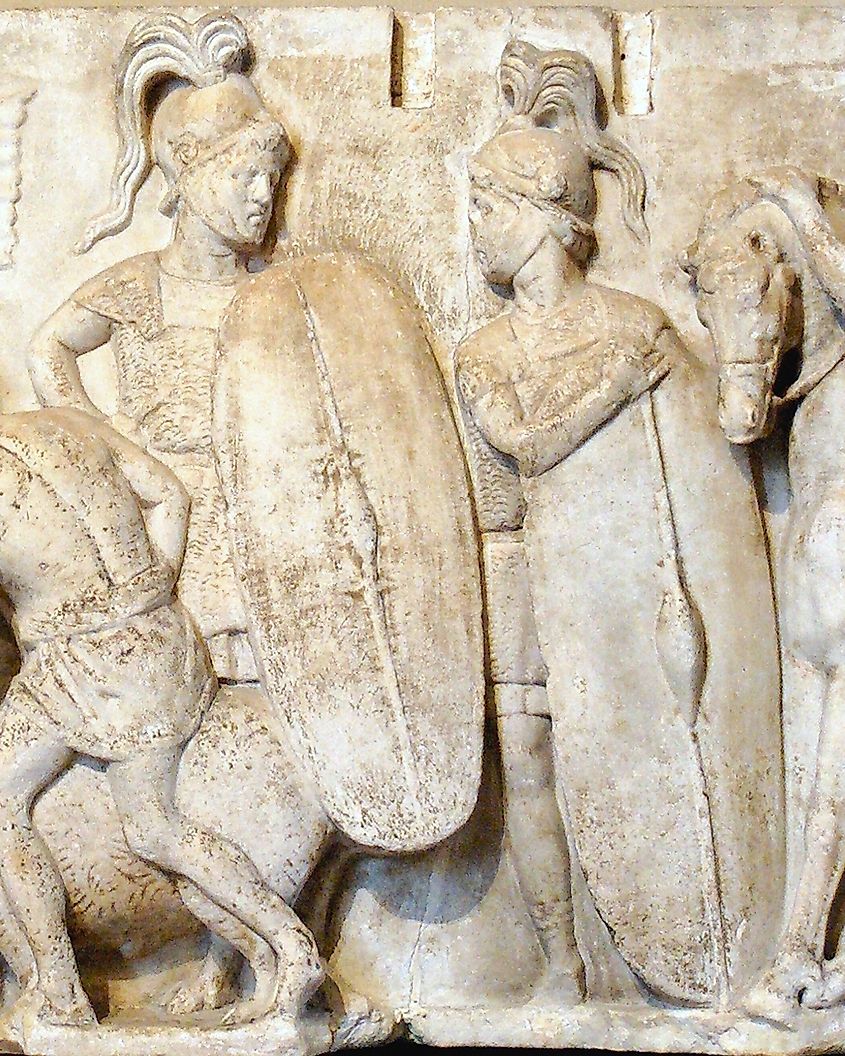
After gaining control of the Italian Peninsula, the Roman Republic wanted to protect the surrounding territory from larger foreign powers, such as the nearby Carthaginian Empire, which was, at the time, the dominant power in the Mediterranean. To achieve this aim, the Roman Republic shifted its gaze to the Island of Sicily, which was in the middle of a crisis involving the Mamertini - a group of Italian mercenaries. These mercenaries had stormed the town of Messana - a part of the island of Sicily and were in a conflict with Syracuse - a powerful Greek city on the island that had earlier hired the mercenaries and then sent them away. The Mamertines, afraid of the wrath of Syracuse, sought help from the Carthaginian empire, which was already in control of the western half of Sicily.
Sensing an opportunity to gain more grounds on the Island of Sicily and eventually crush Syracuse - their long-standing enemy, Carthage proceeded to help resolve the issue between Syracuse and the Mamertines of Messana. However, the Mamertini had a change of mind and also sought the aid of Rome - who always sought ways to expand their territory. In 264 BC, after long debates about the decision back at home, Rome eventually responded to the call for help by sending troops into Messana. The Carthaginians, now feeling betrayed, changed sides.
In a sudden twist of events, Carthage sent its troops to Syracuse as the Roman army occupied Messana. In the same year, war broke out between the Roman Republic and the Carthaginian Empire to control Sicily.
The First Punic War And The Exposure of Rome's Weakness - 264 - 262 BC
After defeating the Carthaginians at the Battle of Messana (the first battle of the Punic Wars), the Romans gained more ground on the Island of Sicily, and the Carthaginians were sent back. The Romans then forced Syracuse to align with them, and other small Carthaginian dependencies immediately aligned with the Romans as well. After gaining more territory, the Romans proceeded to besiege the Carthaginian base at Agrigentum, and that led to the Battle of Agrigentum in 262 BC, which ended again with a Roman victory.
After the Roman victory at Agrigentum in 262 BC, the war was shifted to the sea, and with superior naval experience and strength, the Carthaginians began counting victories. The Carthaginians had shifted their focus to defending their fortified territories near the coastal parts of Sicily. With little to no experience in Naval warfare, the Romans were left helpless and could not proceed further to claim more territories on the island. Carthage had total control of the sea and even attacked Roman territories occasionally from the water.
After nearly two years of deciding on what to do next, the Romans began building ships of their own In 260 BC. They had earlier found a wrecked Carthaginian Quiquereme ship on Italian territory and used its designs to quickly construct 120 heavier and less-maneuverable warships and then sent them to Sicily that same year.
With several slower warships at their command and little experience, the Romans proceeded with their usual offensive. The first set of Roman warships was sent to seize the Lipara Islands but soon found themselves trapped by a Carthaginian fleet that swiftly captured every single Roman ship, including their commanding consul, Cornelius Scipio.
This was the first victory for the Carthaginians, but it was short-lived as the Romans, with their superior intelligence, devised another idea.
The Turning Point For The Romans - 260 BC
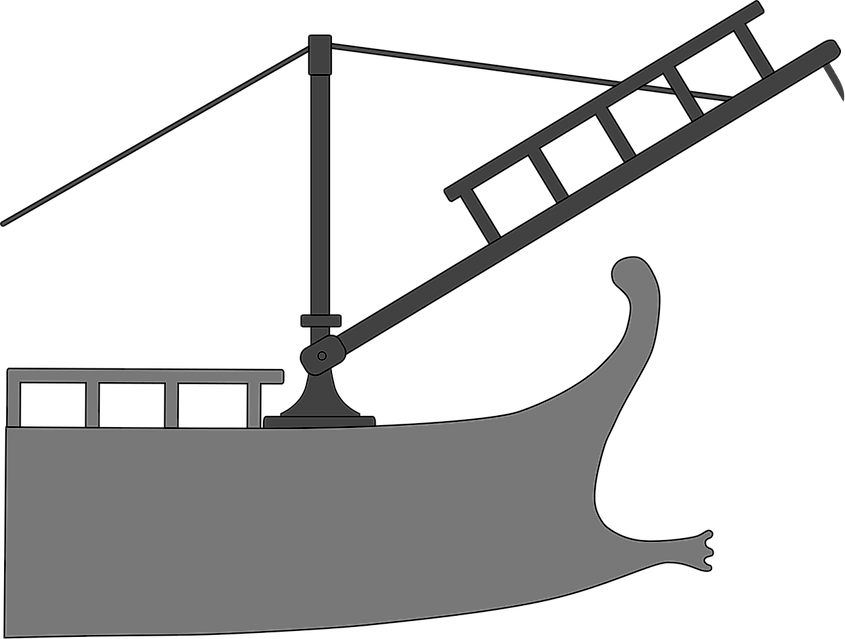
The Carthaginians had been naval powers for a long time, but they failed to evolve and develop new strategies for naval warfare. Their ships had a ram attached firmly at the front, and at open sea, the Carthaginians would usually round up their opponents and ram into their ships, defeating them in the process. The Romans, who were excellent ground fighters, were not used to ramming enemy ships, and so it was necessary to level the playing field. To do this, they installed corvus on their large ships. These were boarding devices built in the form of a large bridge with a heavy curved spike under the tip of the bridge, which would pierce firmly into another ship. The plan was so that the Roman fighters who were more experienced in ground combat could board the ships and capture enemy ships. In other words, the Romans wanted to turn a sea battle into a land battle where their strength lay. A clever plan.
The innovation proved to be successful, and in 260 BC, Rome engaged in a naval battle with Carthage which ended with a Roman victory and the capture of 50 Carthaginian ships.
Despite being a new innovation, the corvus had a success rate of 100%, and it was only a matter of time before the Roman navy proved its superiority over the Carthaginian navy over and over again. Perhaps the ultimate proof of Rome's naval superiority was at the Battle of Cape Ecnomus in 256 BC when Rome, armed with 330 ships, clashed with the 350-ship-strong Navy of Carthage. It was the largest naval battle in the Punic Wars and arguably the largest naval battle in history. Despite having just a few decades of naval warfare experience, the Romans clearly defeated Carthage, becoming the undisputed naval superpower in the region.
The newly-found naval strength of the Roman Republic would also usher in more defeats and eventual annihilation of the Carthaginians in the third Punic War. It was also the beginning of a long maritime reign of the Romans in the Mediterranean region.
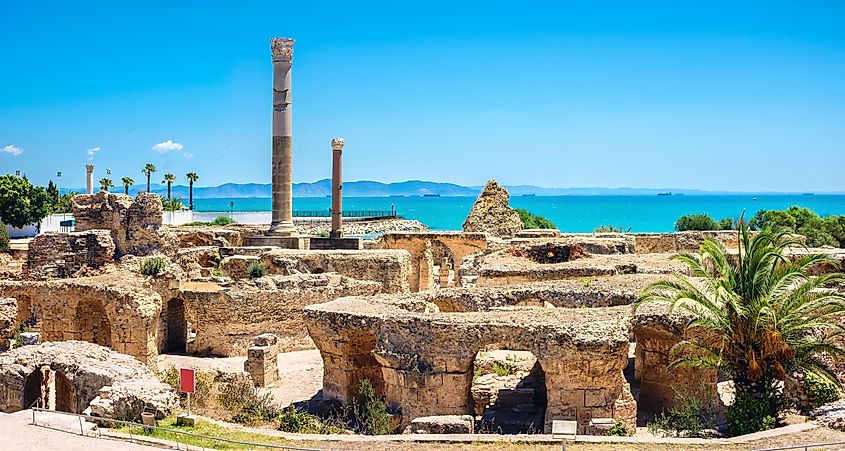
The Roman Republic won all three of the Punic Wars although they were initially vulnerable to the superior naval power of Ancient Carthage during the First Punic War. That changed after the invention of their larger ships, which could withstand ramming, and the corvus, which enabled the Romans to board and capture Carthaginian ships. Even after gaining super naval power, Rome still suffered great losses and was even nearly defeated after the Battle of Cannae in 216 BC, where more than 80,000 Roman soldiers were slaughtered by a Catherginian force in Rome's greatest military disaster in history. Despite all those defeats, however, the Roman Republic still sealed its victory over the Carthaginian Empire in 146 BC when it invaded Carthage - the empire's capital, and destroyed, slaughtered, and enslaved most of its population.











